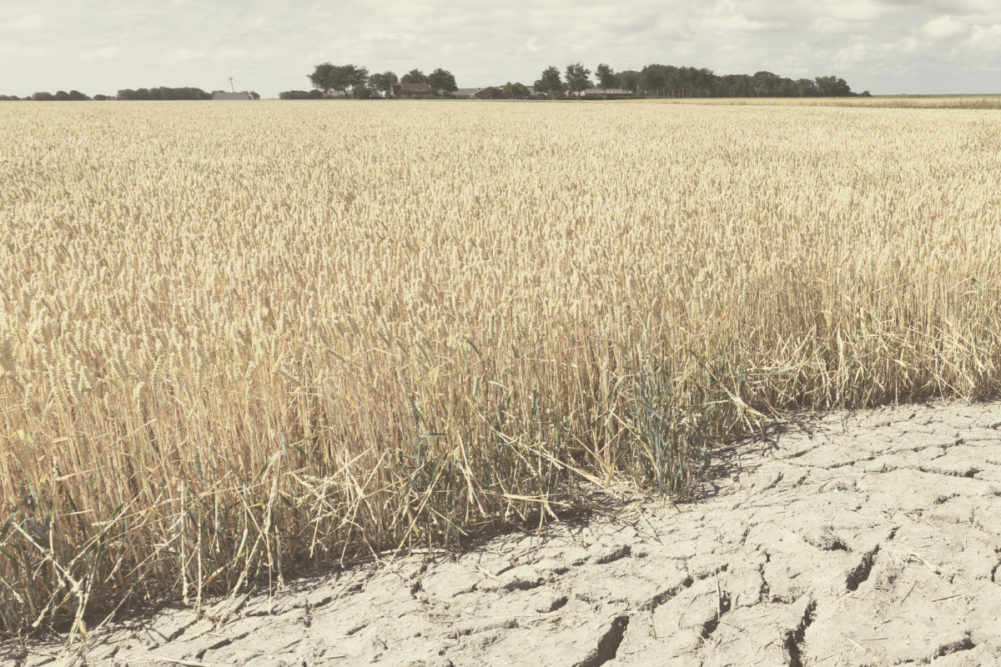MEXICO CITY, MEXICO — Leading crop simulation models used by a global team of agricultural scientists to simulate wheat production up to 2050 showed large wheat yield reductions due to climate change for Africa and South Asia, where food security is already a problem.
Climate change will lower global wheat production by 1.9% by mid-century, with the most negative impacts occurring in Africa and South Asia, according to the research. The model predicted average declines in wheat yields of 15% in African countries and 16% in South Asian countries by mid-century.
“Studies have already shown that wheat yields fell by 5.5% during 1980-2010, due to rising global temperatures,” said Diego N.L. Pequeno, wheat crop modeler at the International Maize and Wheat Improvement Center (CIMMYT) and lead author of the paper. “We chose several models to simulate climate change impacts and also simulated wheat varieties that featured increased heat tolerance, early vigor against late season drought, and late flowering to ensure normal biomass accumulation. Finally, we simulated use of additional nitrogen fertilizer to maximize the expression of these adaptive traits.”
The wheat simulation models employed — CROPSIM-CERES, CROPSIM, and Nwheat within the Decision Support System for Agrotechnology Transfer, DSSAT v.4.6 — have been widely used to study diverse cropping systems around the world, said Pequeno.
“The DSSAT models simulated the elevated CO2 stimulus on wheat growth, when N is not limiting,” he said. “Our study is the first to include combined genetic traits for early vigor, heat tolerance, and late flowering in the wheat simulation.”
Several factors, including temperature, water deficit, and water access, have been identified as major causes in recent wheat yield variability worldwide. The DSSAT wheat models simulate the impact of temperature, including heat stress, water balance, drought stress, or nitrogen leaching from heavy rainfall.
“Generally, small and low-volume wheat producers suffered large negative impacts due to future climate changes, indicating that less-developed countries may be the most affected,” Pequeno added.
Climate change at high latitudes (France, Germany, and northern China, all large wheat-producing countries/region) positively impacted wheat grain yield, as warming temperatures benefit wheat growth through an extended early spring growing season. But warmer temperatures and insufficient rainfall by mid-century, as projected at the same latitude in Russia and the northwestern United States, will reduce rainfed wheat yields — a finding that contradicts outcomes of some previous studies.
At lower latitudes that are close to the tropics, already warm, and experiencing insufficient rainfall for food crops and therefore depending on irrigation (North India, Pakistan, Bangladesh), rising heat will damage wheat crops and seriously reduce yields. China, the largest wheat producer in the world, is projected to have mixed impacts from climate change but, at a nation-wide scale, the study showed a 1.2% increase in wheat yields.
“Our results showed that the adaptive traits could help alleviate climate change impacts on wheat, but responses would vary widely, depending on the growing environment and management practices used,” Pequeno said.




